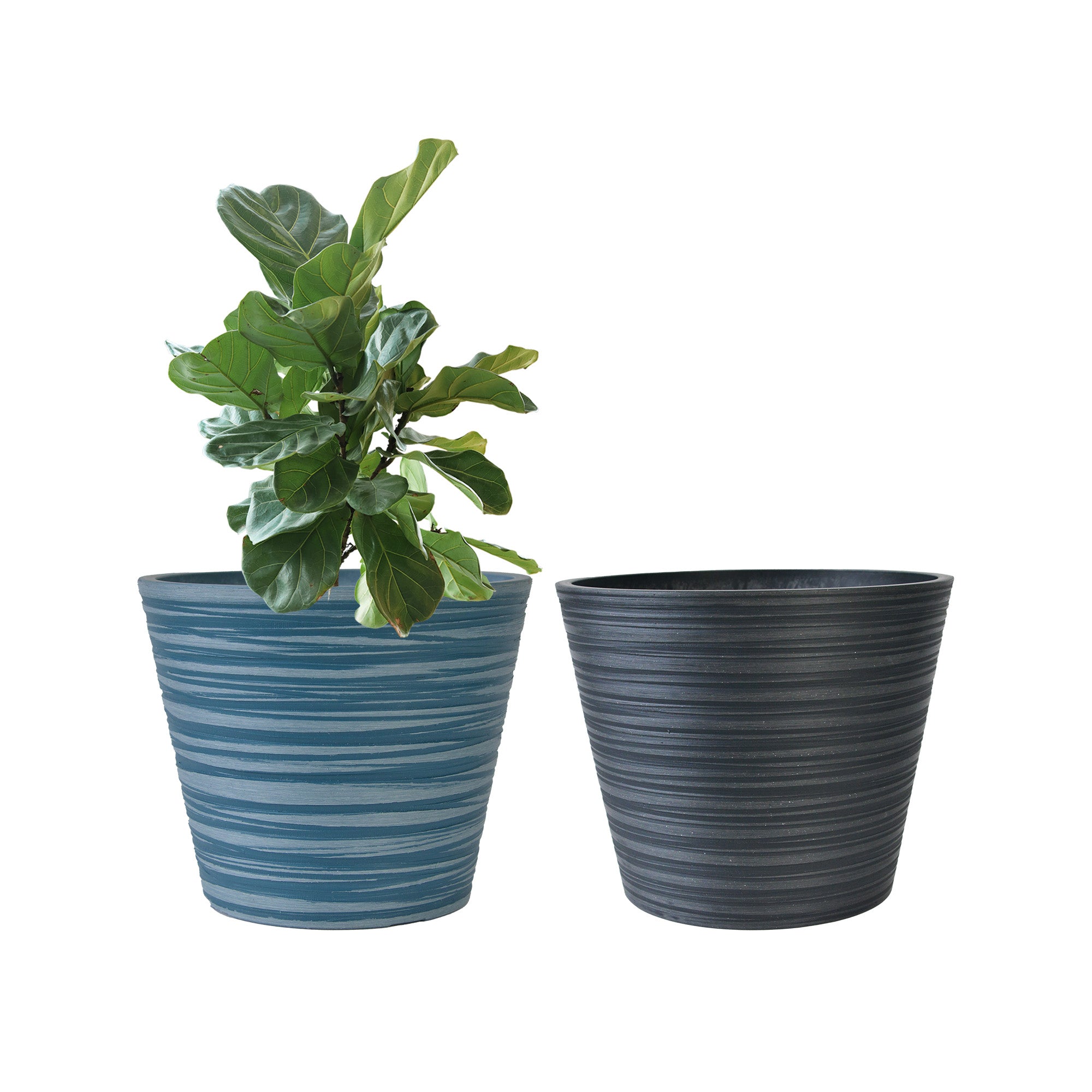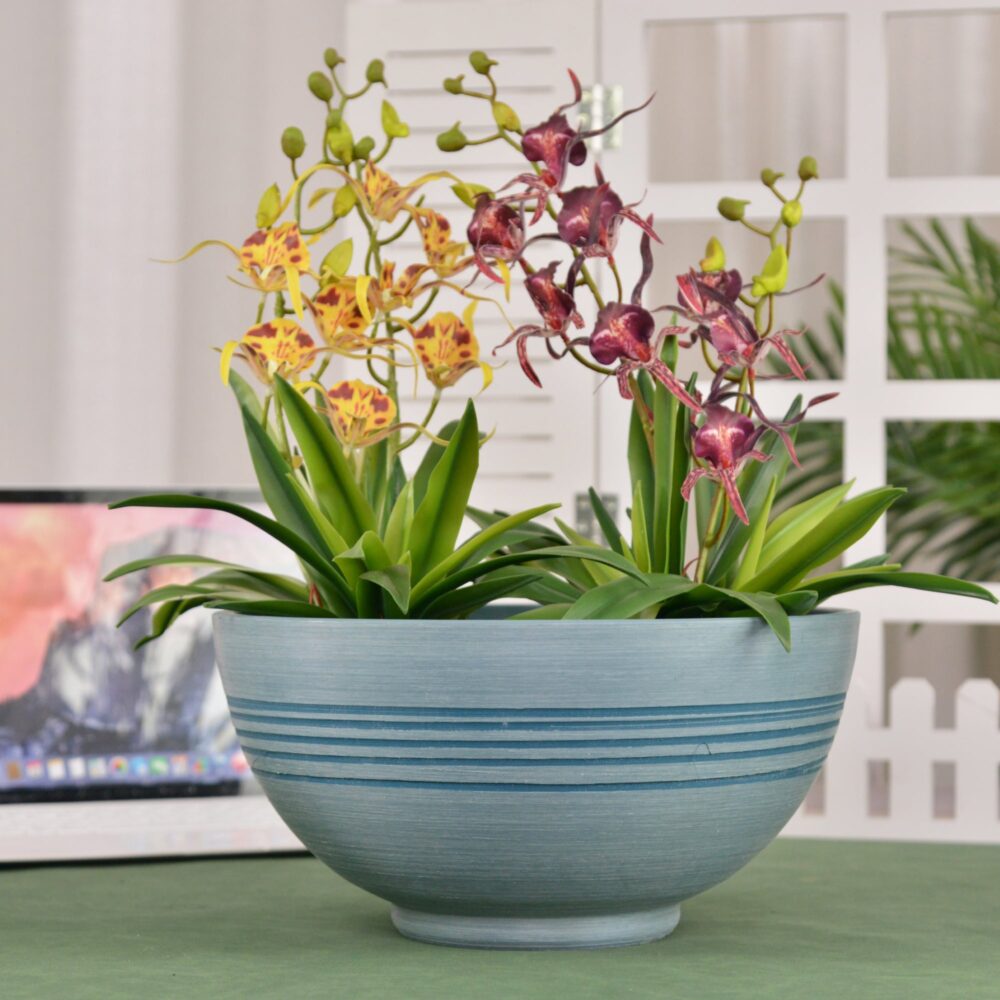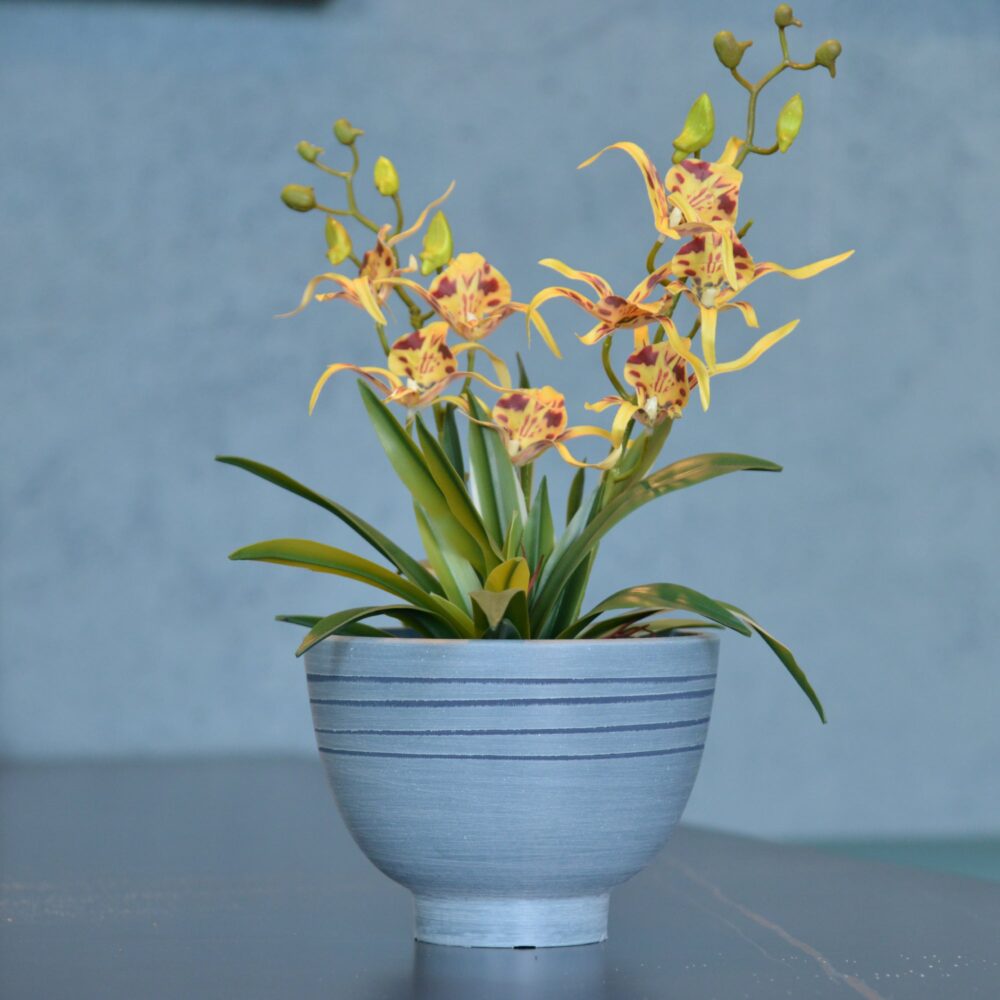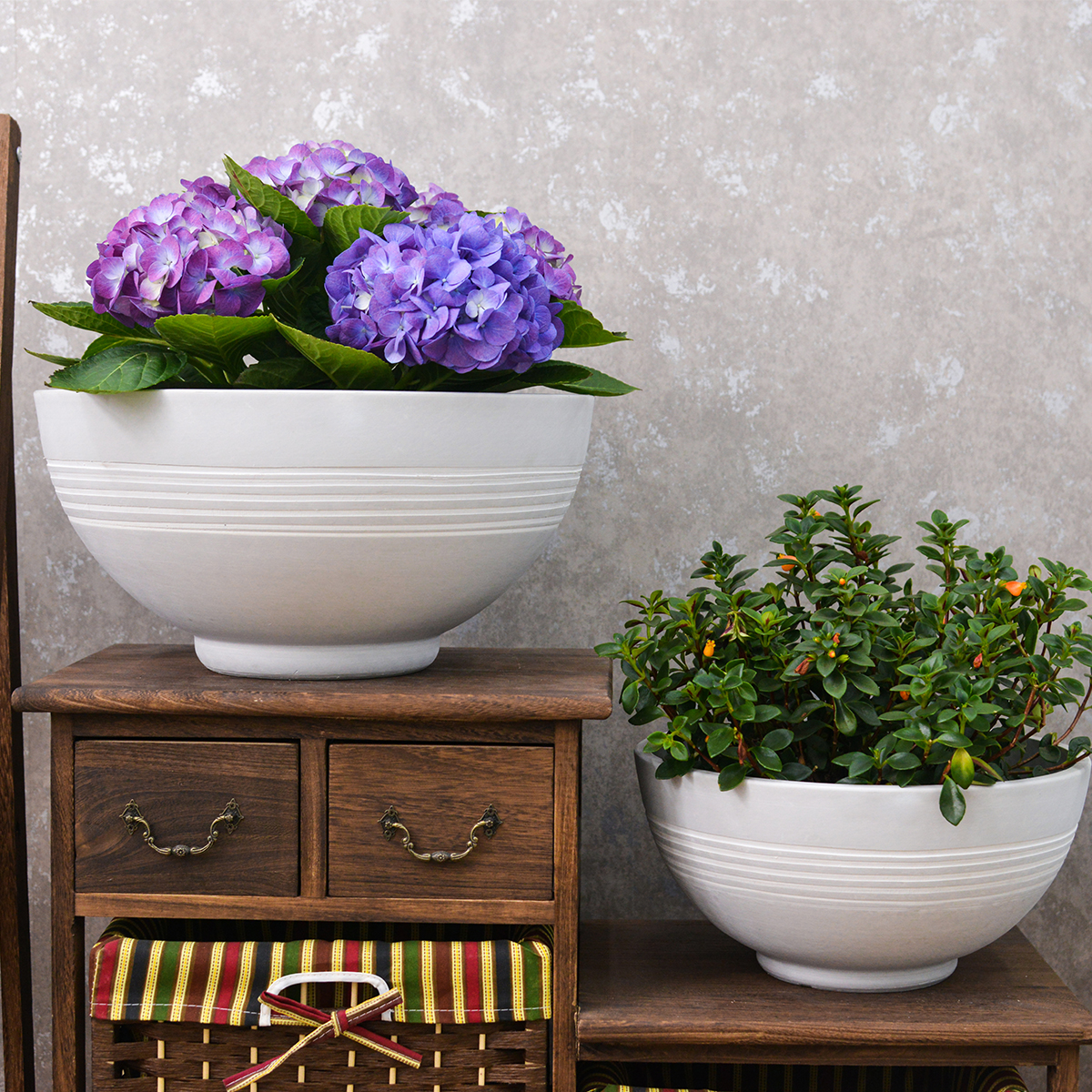Earth Star Indoors: The Complete Guide to Growing Cryptanthus Bivittatus at Home
Looking to add unique, geometrically striking, and low-growing plants to your indoor collection? Earth Stars, specifically Cryptanthus bivittatus, are captivating bromeliads prized for their star-shaped rosettes of colorful, patterned leaves. These fascinating and relatively easy-to-grow plants, belonging to the Bromeliaceae family and native to Brazil, are perfect for adding a touch of terrestrial beauty and intriguing texture to your indoor spaces. This comprehensive guide will provide you with everything you need to know to grow Cryptanthus bivittatus indoors, from selecting the right varieties and pots to mastering essential care techniques for a thriving and visually stunning Earth Star in your home.
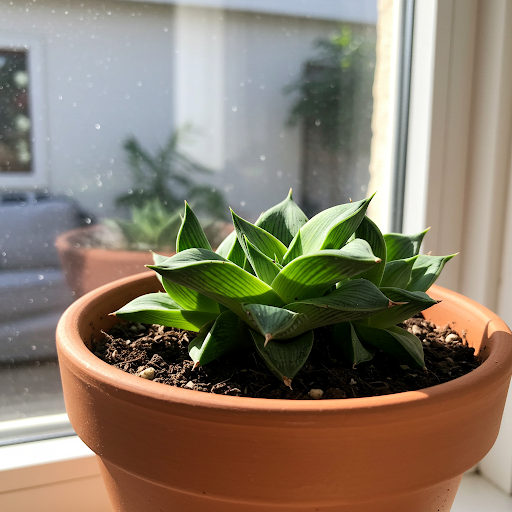
Earth Stars
What is Earth Star (Cryptanthus bivittatus)?
Cryptanthus bivittatus, commonly known as Earth Star, is a popular species within the Cryptanthus genus, celebrated for its low-growing, star-shaped rosettes of stiff, fleshy leaves. The name Cryptanthus means “hidden flower,” referring to the small, inconspicuous flowers that appear in the center of the rosette. Cryptanthus bivittatus is known for its striking leaf patterns and colors, which can include shades of green, pink, red, bronze, and silver, often with stripes, bands, or other markings. They are terrestrial bromeliads, meaning they grow in the ground rather than on trees, and are prized for their unique appearance and ease of care.
Can Earth Stars (Cryptanthus bivittatus) Thrive Indoors?
Yes, Earth Stars (Cryptanthus bivittatus) thrive exceptionally well indoors and are popular choices for terrariums, dish gardens, and individual pots. Their preference for bright, indirect light, moderate humidity, and well-draining soil aligns well with typical indoor environments. With proper care, Earth Stars will maintain their vibrant colors and striking rosette form, adding a touch of natural artistry to your home.
Ideal Indoor Growing Conditions for Earth Stars (Cryptanthus bivittatus):
- Earth Star Varieties for Indoors: Cryptanthus bivittatus is a variable species, and several cultivars and forms are available, offering diverse leaf colors and patterns. Popular indoor Earth Star varieties include:
- Cryptanthus bivittatus ‘Pink Starlight’: Known for its vibrant pink leaves with silvery bands.
- Cryptanthus bivittatus ‘Red Star’: Features reddish-bronze leaves with silvery markings.
- Cryptanthus bivittatus ‘Absolute Zero’: Striking silver leaves with subtle green undertones.
- Cryptanthus bivittatus ‘Elaine’: Rosy-pink leaves with prominent silver banding.
- Cryptanthus bivittatus ‘Cafe au Lait’: Warm, coffee-colored leaves with silvery stripes.
- Cryptanthus bivittatus ‘Ruby’: Deep ruby-red leaves, intensifying in bright light.
- Numerous other cultivars offer variations in color, stripe patterns, and leaf texture.
- Light: Earth Stars prefer bright, indirect light. They thrive in locations that receive bright, filtered sunlight for several hours per day. East or west-facing windows are generally ideal. South-facing windows can work if the light is diffused with sheer curtains, especially during the hottest part of the day, to prevent leaf scorch. Insufficient light can cause colors to fade and rosettes to become less compact. Bright light enhances their vibrant colors.
- Soil: Earth Stars need well-draining, slightly acidic soil that retains some moisture. Use a bromeliad mix, orchid mix, or a well-draining succulent mix. You can also create your own mix using a combination of peat moss, perlite, orchid bark, and a bit of potting soil to provide drainage, aeration, and slight moisture retention. Avoid heavy, compact soils.
- Watering: Earth Stars prefer consistently lightly moist soil during the growing season (spring and summer) but are sensitive to overwatering and soggy conditions. Water when the top inch of soil just begins to feel slightly dry. Water thoroughly but allow excess water to drain completely. Never let the plant sit in standing water, which can lead to root rot. In winter, reduce watering slightly, allowing the soil to dry out a bit more between waterings, but still prevent it from becoming bone dry for extended periods. Watering frequency will vary depending on light levels, temperature, humidity, and pot size. Check soil moisture regularly. Use room temperature water.
- Temperature: Average room temperatures between 65°F to 75°F (18°C to 24°C) are ideal. Earth Stars are comfortable in typical household temperatures. Avoid exposing them to temperatures below 60°F (15°C) or sudden temperature fluctuations and cold drafts. They prefer warmth and consistent temperatures.
- Humidity: Earth Stars prefer moderate to high humidity, ideally around 50-70%. Dry air can lead to leaf tip browning. Increase humidity by:
- Pebble Trays: Place pots on trays filled with pebbles and water (water level below the pot base).
- Humidifier: Use a room humidifier, especially during dry seasons or winter heating.
- Grouping Plants: Grouping Earth Stars with other humidity-loving plants can create a more humid microclimate.
- Terrariums (Open or Partially Closed): Earth Stars are excellent choices for terrariums, which naturally maintain higher humidity.
- Misting: Misting the leaves occasionally can be beneficial, especially in dry indoor environments.
Planting Your Earth Star (Cryptanthus bivittatus) Indoors:
- Starting from Pups or Potted Plants: The easiest way to start growing Earth Stars indoors is to purchase potted plants or pups (offsets that grow from the base of the mother plant) from nurseries, garden centers, or online retailers specializing in bromeliads and succulents.
- Propagation from Pups (Offsets): Earth Stars readily produce pups around the base of the mother plant. Once pups are about 1/3 to 1/2 the size of the mother plant and have developed their own small roots, they can be gently separated and potted individually.
- Planting Time: Earth Stars can be planted or repotted at any time of year indoors. Spring or early summer, at the start of the growing season, is generally recommended for optimal establishment and growth.
Choosing the Right Pots for Indoor Earth Stars (Cryptanthus bivittatus):
- Suitable Pot Types: Select shallow pots with excellent drainage. Terracotta, ceramic, or plastic pots are all suitable. Terracotta pots are often favored as they allow for better aeration and drainage, helping to prevent overwatering. Shallow pots are ideal because Earth Stars have shallow root systems.
- Drainage: Drainage is essential for Earth Stars to prevent root rot. Ensure your chosen pot has drainage holes at the bottom. You can also add a layer of gravel or pot shards at the base of the pot to improve drainage.
- Pot Size: Choose a pot that is shallow and just slightly wider than the rosette. Earth Stars have shallow root systems and prefer to be slightly root-bound. Overpotting (using too large a pot) can increase the risk of overwatering. Small to medium-sized pots (4-6 inches in diameter) are generally appropriate for most Cryptanthus bivittatus varieties.
- Potting Mix: Use a bromeliad mix, orchid mix, or well-draining succulent mix as described earlier.
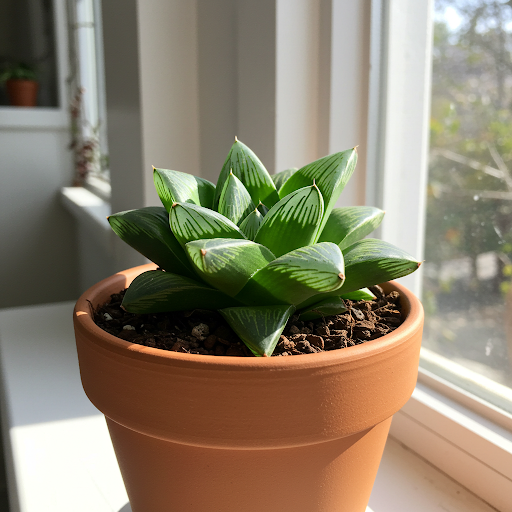
Earth Stars
Essential Care Tips for Thriving Indoor Earth Stars (Cryptanthus bivittatus):
- Watering Schedule: “Keep Soil Lightly Moist, Avoid Soggy Soil”. Water when the top inch of soil feels slightly dry. Water thoroughly but allow for drainage. Avoid overwatering and soggy soil. Reduce watering in winter.
- Light Management for Color: Provide bright, indirect light to maintain vibrant leaf colors and patterns. Insufficient light can cause colors to fade. Avoid direct, intense sun, which can scorch leaves.
- Humidity is Beneficial: Maintain moderate to high humidity for optimal leaf health and color. Use pebble trays, humidifiers, terrariums, or misting as needed, especially in dry indoor air.
- Fertilizing: Light Feeding During Growing Season. Earth Stars are light feeders. Fertilize sparingly, only 2-3 times during the active growing season (spring and summer), with a diluted bromeliad fertilizer or a balanced liquid fertilizer diluted to quarter strength. Over-fertilizing can lead to weak growth. Avoid fertilizing during the fall and winter dormant period.
- Flushing the Rosette (Optional but Beneficial): In their natural habitat, the rosettes of Earth Stars can collect rainwater and debris. You can occasionally flush the rosette with water to remove dust and debris and mimic natural conditions. Allow excess water to drain out.
- Pup Removal (Optional): Earth Stars readily produce pups. You can leave pups attached to the mother plant to create a cluster or remove them to propagate new plants. Removing pups can encourage the mother plant to focus energy on its own growth and color.
- Repotting Schedule: Repot Earth Stars every 2-3 years, or when they become crowded or the potting mix is depleted. Repot in spring or early summer. They are relatively slow-growing and do not need frequent repotting.
- Pest and Disease Control: Earth Stars are generally relatively pest-resistant. However, mealybugs can occasionally be a problem. Root rot is the most common disease issue, caused by overwatering and poor drainage. Ensure proper drainage, appropriate potting mix, and avoid overwatering to prevent root rot. Treat any pest infestations promptly with insecticidal soap or rubbing alcohol.
Popular Earth Star Cultivars and Color Variations:
- Cryptanthus bivittatus ‘Pink Starlight’ (Pink and Silver)
- Cryptanthus bivittatus ‘Red Star’ (Red-Bronze and Silver)
- Cryptanthus bivittatus ‘Absolute Zero’ (Silver)
- Cryptanthus bivittatus ‘Elaine’ (Rosy-Pink and Silver)
- Cryptanthus bivittatus ‘Cafe au Lait’ (Coffee Brown and Silver)
- Cryptanthus bivittatus ‘Ruby’ (Ruby Red)
- Numerous hybrid cultivars with diverse color combinations and patterns.
In Summary:
Growing Earth Stars (Cryptanthus bivittatus) indoors is a rewarding way to bring unique, geometric beauty and low-maintenance artistry to your home. Their striking star-shaped rosettes and diverse colors make them captivating houseplants. By providing bright, indirect light, well-draining bromeliad or succulent mix in shallow pots, keeping the soil lightly moist (but not soggy), and maintaining moderate to high humidity, you can easily cultivate thriving and visually stunning Earth Stars indoors and enjoy their terrestrial charm year after year.
For more detailed botanical information and to explore the diversity of the Cryptanthus genus, you can visit the Wikipedia page on Cryptanthus.
Important Note: Earth Stars (Cryptanthus) are considered non-toxic to humans and pets, making them a safe choice for households with children and animals. Their leaves can be somewhat stiff and have slightly serrated edges, so handle them with gentle care.
Planter 5 in W / 8 in W / 12 in W or Indoor Outdoor Plants, Modern Decorative Plant Pots with Drainage Hole, Decorative Flower Pots
By greenship-seo|2025-04-10T06:37:58+00:00January 16, 2025|Categories: Hand-carving Series|Tags: Decorative Flower Pots|
KC2-11V
By greenship|2024-08-16T05:39:50+00:00August 16, 2024|Categories: Hand-carving Series|
Modern Plant Pots丨Planter for Indoor Plants,8 inch or 10 inch Plant Pots with Drainage Hole,Decorative Flower Pots
By greenship-seo|2025-04-10T08:32:55+00:00January 7, 2025|Categories: Hand-carving Series|Tags: Decorative Flower Pots, Self-Watering Pots|
13 inch Planter for Indoor Plants, Set of 2 Modern Decorative Plant Pots with Drainage Hole, Cute Bowl Shape Flower Pots
By greenship-seo|2025-04-10T07:41:46+00:00January 10, 2025|Categories: Hand-carving Series|Tags: Decorative Flower Pots, Self-Watering Pots|
8 inch/10 inch Planter Indoor Plants, 2 Pack Modern Decorative Plant Pots with Drainage Hole, Cute Bowl Shape Flower Pots
By greenship-seo|2025-04-10T08:03:42+00:00January 9, 2025|Categories: Hand-carving Series|Tags: Decorative Flower Pots, Self-Watering Pots|
KC3-09k
By greenship|2024-08-16T06:24:36+00:00August 16, 2024|Categories: Hand-carving Series|

